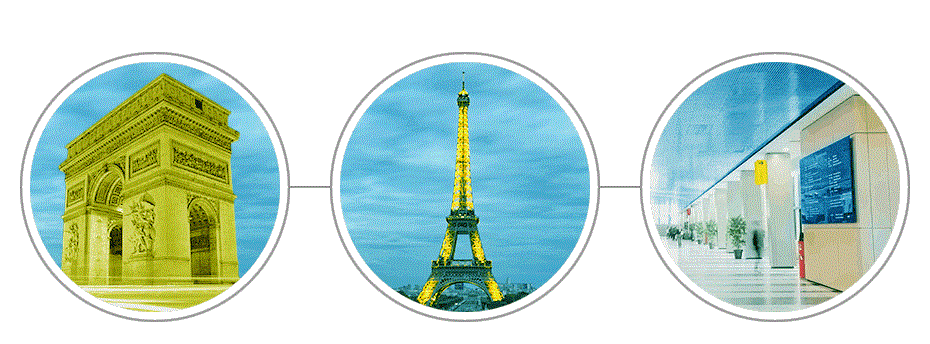Poor households regularly borrow and lend to smooth consumption, yet we see much less borrowing for investment. This cannot be explained by a lack of investment opportunities, nor by a lack of resources available collectively for investment. This paper provides a novel explanation for this puzzle: investment reduces the investor's need for informal risk sharing, weakening risk-sharing ties, and so limiting the amount of borrowing that can be sustained. I formalise this intuition by extending the canonical model of limited commitment in risk-sharing networks to allow for lumpy investment. A key additional prediction of the model is a non-linear relationship between total income and investment at the network level: namely, there is a network-level poverty trap. I test this prediction using a randomised control trial in Bangladesh, that provided capital transfers to the poorest households. The data cover 27,000 households from 1,400 villages, and contain information on risk-sharing networks, income, and investment. I exploit variation in the number of program recipients in a network to identify the location of the poverty trap: the threshold level of capital provision needed at the network level for the program to generate further investment. My results highlight how capital transfer programs can be made more cost-effective by targeting communities at the threshold of the aggregate poverty trap.Networks



